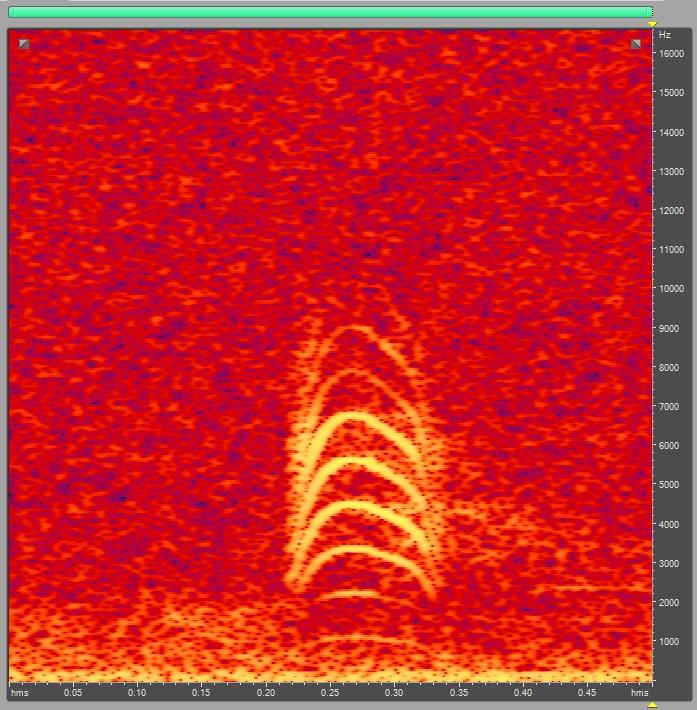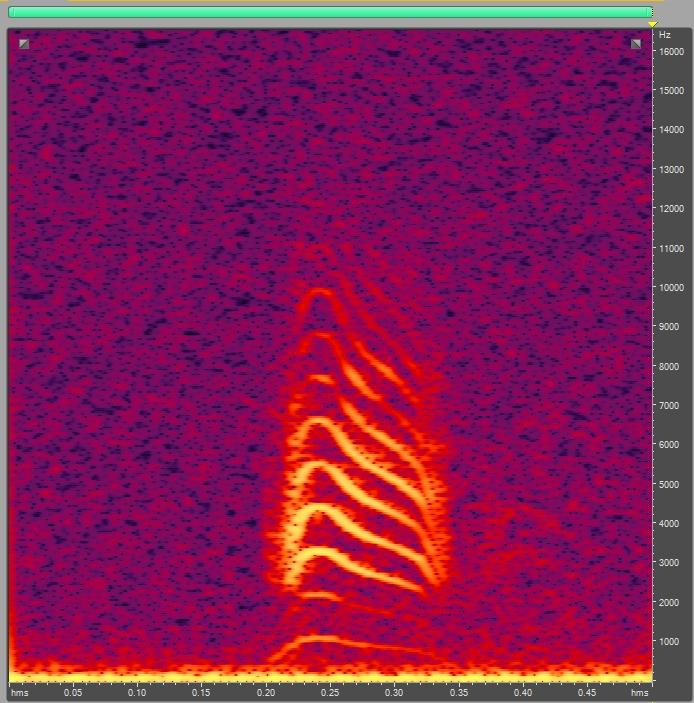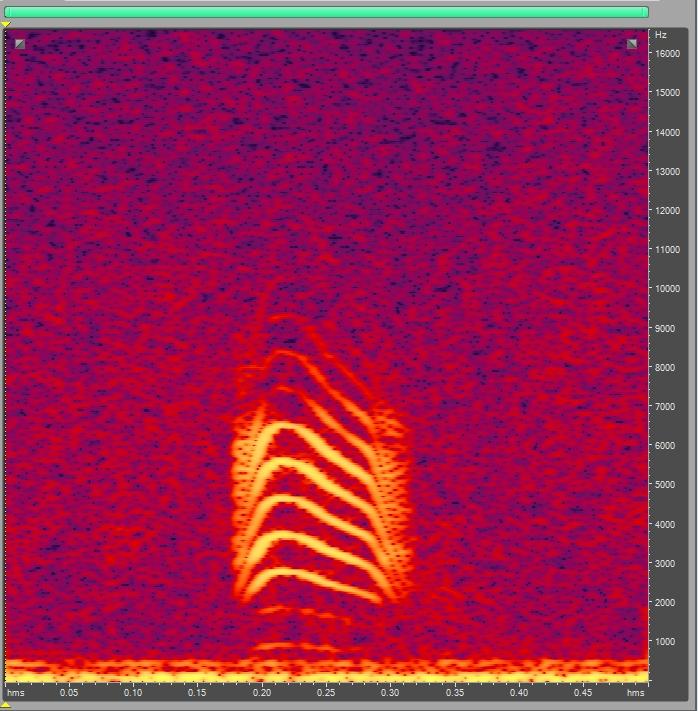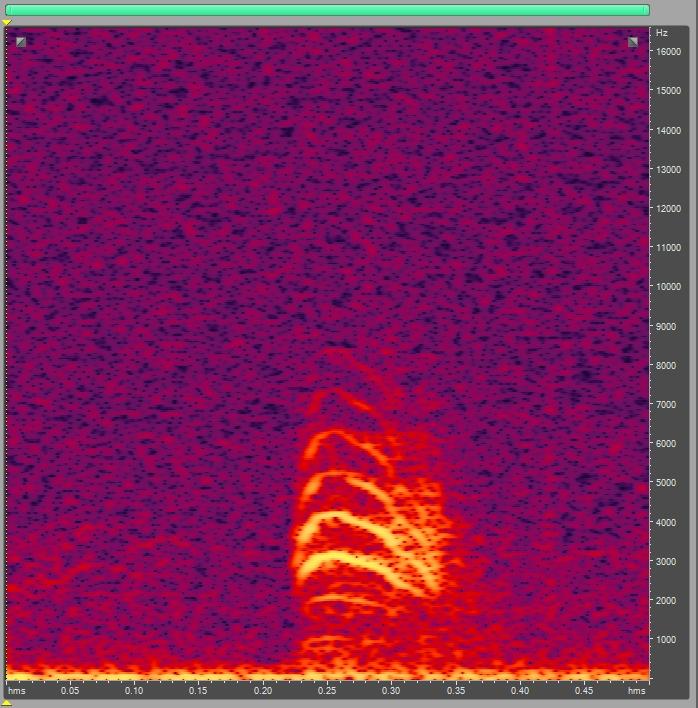Con Slobodchikoff - con.slobodchikoff@nau.edu
William Briggs, Patricia Dennis
Dept. of Biological Sciences,
Northern Arizona Univ.
S. San Francisco Street,
Flagstaff, AZ 86011
Popular version of paper 5aAB11
Presented Friday morning, May 22, 2009
Gunnisons prairie dogs have perhaps the most sophisticated animal language that has been decoded so far. Prairie dogs are social, colonial animals that live in colonies called towns. Colonies of Gunnisons prairie dogs typically contain about a hundred animals. Within each colony, groups of prairie dogs occupy territories that they defend from encroachment by other groups occupying adjacent or nearby territories. Each territory has an extensive underground burrow system, which the animals use for sleeping purposes and as a potential refuge from the attacks of predators.
We have concentrated our work on the alarm calls that the animals produce when they see a predator. The alarm calls are given as short bursts of sound produced in a repetitive manner. This has provided us with a Rosetta Stone that has allowed us to decode some of the meaning contained in the calls. In a typical encounter of prairie dogs with a predator, we can see the predator, we can record the vocalizations of the prairie dogs in response to the approaching predator, we can videotape the escape responses of the animals, and subsequently we can play back the calls that were elicited by that predator and evaluate the escape responses to see if those produced by the playbacks match those that were produced by the presence of the predator. Once we have recorded the alarm vocalizations in the field, we bring the recordings back to the laboratory for further analysis.
By measuring different frequency and time components contained within the alarm calls, we have been able to show that the prairie dogs have different calls for at least four different species of predators: human, coyote, domestic dog, and red-tailed hawk. We have used both statistical analytical techniques such as Discriminant Function Analysis and non-statistical classification techniques such as neural network analysis to show that the calls for each type of predator are significantly different from one another.
The escape responses of the prairie dogs differ for each predator. When a human-elicited call is given, all of the animals within the colony run to their burrows and disappear inside. When an alarm call elicited by a red-tailed hawk is given, only the animals in the immediate flight path of the diving hawk run to their burrows and jump inside. When a call is given to an approaching coyote, all of the animals that are above ground run to the lips of their burrows and stand up on their hind legs looking at the approaching coyote. When a call is given to the appearance of a domestic dog, all of the animals in the colony stand on their hind legs and look at the dog, but only run to the lips of their burrows if the dog starts to approach them.
Playbacks of alarm calls for each species of predator, performed when no predator was actually present, have shown that the prairie dogs do exactly the same escape behaviors in response to the playback as they do in response to the presence of the predator. This suggests that the prairie dogs understand the meaning of the calls, and that the calls stand for labels or words that identify the species of predator.
In addition, we have found that the alarm calls also contain descriptive information about the size, shape, and color of each individual predator. Because prairie dogs respond to humans and to domestic dogs by giving alarm calls, we can set up experimental situations where we have different-sized humans wearing different colors of shirts or different-sized domestic dogs with different coat colors walk through a colony while we record the alarm calls.
By using such experimental situations, we have been able to establish that the prairie dogs are able to incorporate information about whether a human is wearing a yellow, a green, or a blue shirt, in addition to the basic structure of the call that contains information that this is a human.
By using different-sized humans in these experimental situations, we have been able to establish that there are modifications of the basic human call that include information about whether this is a tall or short human and about the general shape of the human. Similarly, we have used these kinds of experimental situations to show that when a call for a domestic dog is elicited, the call also contains information about the size, shape, and coat color of the dog.
The production of descriptive information seems to be part of the cognitive response of the prairie dogs to the presence of anything potentially alarming. We have performed experiments where we have shown the prairie dogs different geometric shapes, such as a square, a circle, or a triangle, suspended on a wire and pulled across the colony. For each different geometric shape, the prairie dogs incorporated information that was significantly different from that of other shapes.
The way that this extensive set of information is encoded into the calls remains elusive. Each call consists of a series of harmonics that on a spectrograph look like stacked chevrons. By dissecting the calls into small time slices, we have been able to show that each time slice contains acoustic units similar to the phonemes found in human speech. Many of the same phonemes are found in calls for hawk, human, dog, and coyote, but the proportion of each of the phonemes differs within the calls for each of the predators, just as we would expect in human speech.
The alarm call system seems to be analogous to a tonal system, much the same as in human tonal languages. However, the encoding is not a simple one in which one or two frequencies differ for each of the predator calls. Instead, it seems to be a multifactorial encoding system in which a combination of subtle frequency changes can modify a waveform to incorporate information about predator species, size, shape, and color.
Spectrograms Of Calls Elicited By Different Predators
Below: Coyote Alarm Call (Left), vs. Domestic Dog Alarm Call (Right)


Below: Human Alarm Call (Left) vs. Red-tailed Hawk Alarm Call (Right)

